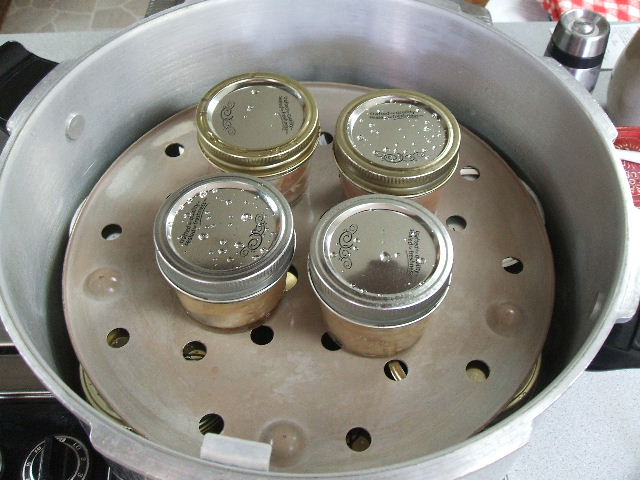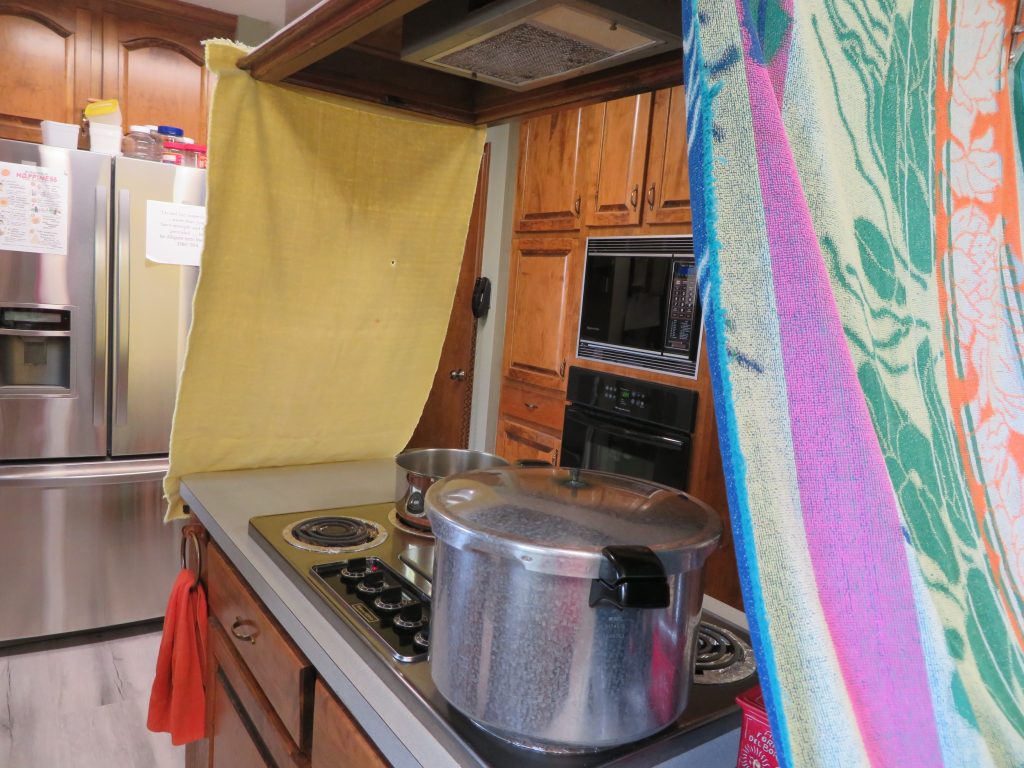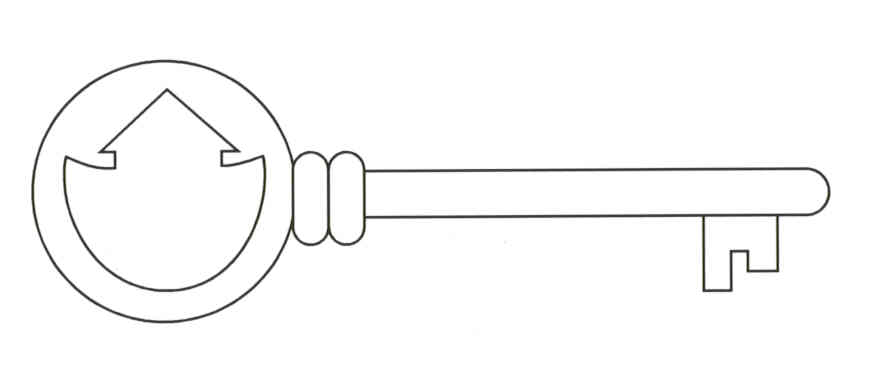Check the National Center for Home Food Preservation for current canning information.
Review canning procedures at least yearly to avoid forgetting an important step.
Check jar rims for cracks or chips and always use new canning lids.
Fruits, tomatoes, pickles, jams, and jellies may be canned in a water bath canner. Vegetables and meats MUST be canned in a pressure canner to ensure a safe product.
To prevent fruit from darkening during preparation, drop it into water containing 2 tablespoons each of salt and vinegar per gallon of water. Drain just before heating or packing raw.
To ensure that tomatoes are acidic enough to water bath can, add 1 tablespoon of bottled lemon juice or 1/4 teaspoon citric acid to each pint.
Canning jars should be sterilized if the processing time is less than 10 minutes at 0-1000 feet elevation.
Follow manufacturer’s instructions for heating, or not heating, lids before canning.
Always wipe jar rims before putting on lids. Wipe jars of meat and meat products with a vinegar-soaked cloth or paper towel to remove fat.
Put jar rings on only fingertip tight. Do not use your entire hand to tighten rings to avoid overtightening. Overtightened rings and lids will not seal properly and could buckle.
Adding vinegar to the water in a pressure canner not only helps eliminate mineral buildup on jars but helps avoid pitting in the bottom of the canner and minimizes discoloration of the canner.
Use only a flat bottom water bath canner on an electric stove. Use either a flat or a ripple bottom canner on a gas stove.
Canning is not possible on all glass-top stoves. Check manufacturer’s recommendations to avoid breaking the glass. The only pressure canner made for a glass-top stove is a Presto canner. The portion of the canner bottom that sits on the burner is smaller than the diameter of the canner to help keep the stove top from overheating.
Several 4-ounce canning/jelly jars will fit on a rack over a canner full of pint jars in a 16-quart pressure canner. Fill jars with leftover pieces of meat or vegetables from the canning session for use in in a sandwich, wrap, or individual salad.

Vent all pressure canners for 10 minutes before putting on the weighted gauge or counterweight.
Protect pressure canners from wind, fan breezes, forced air heaters, and air conditioning to avoid pressure fluctuations.

Before storing jars, remove canning rings and wash, dry, and date jars.
Remove the rubber gasket in the lid of the canner and store where it is cool to avoid breakdown of the rubber.
Keep a canning notebook with notes on yields, recipe changes, cost, brands, and anything else that will help next canning session.
TO REDUCE SPUTTERING AND LIQUID LOSS WHEN REMOVING JARS FROM A CANNER When jars have finished processing in a water bath canner, turn off the heat, remove the lid, and wait 5 minutes before removing jars from the water. When pressure canning, wait until the pressure drops to 0, remove the weight, and wait 10 minutes before removing the lid and the jars.
CAN A PRESSURE SAUCEPAN BE USED FOR CANNING? If the pressure cooker can operate at 5, 10, and 15 pounds pressure, can be vented, and will hold at least 4 quart jars, it can be used for home canning.
CAN AN ELECTRIC PRESSURE COOKER, LIKE AN INSTANT POT, BE USED FOR CANNING? No. Temperatures in the cookers are not consistently safe for canning low-acid foods.
IS IT SAFE TO USE A STEAM CANNER FOR FRUITS, JAMS AND JELLIES? Yes, as long as tested procedures are followed and tested recipes are used.
WHICH PRESSURE CANNER IS MORE ACCURATE — THE KIND WITH A DIAL GAUGE OR THE ONE WITH A WEIGHTED GAUGE? Both are accurate if used and cared for according to the manufacturer’s instructions. Some people like numbers on a dial; others prefer the sight and sound of the weight. The dial gauge must be tested yearly for accuracy. Check with your County Extension Service for a testing location.
IS IT SAFE TO CAN WITHOUT SALT OR SUGAR? Salt and sugar are not necessary for safe processing of fruits, vegetables, or meats. Salt in recipes for pickled products and sugar in jams and jellies should not be reduced as the measures given are needed to provide good quality.
MAY I USE OLD GLASS MAYONNAISE JARS FOR CANNING? Yes, if you use them only for water bath canning for 30 minutes or less. Standard canning lids and rings will fit both wide-mouth and narrow-mouth mayonnaise jars but test canning rings to make sure they will stay secure. Newer canning rings don’t always match the threads on older jars and should not be used if they cannot be tightened.
CAN I CAN PUMPKIN PUREE’? No. Variations in density of the puree’ preclude a safe processing time recommendation. Can pumpkin and winter squash in 1-inch cubes and mash or puree’ when needed.
CAN I CAN BREADS AND QUICK BREADS SAFELY? No. University research has shown a high potential for food safety problems. Also, canning jar manufacturers do not make jars suitable for dry heat baking.
More tips here.
